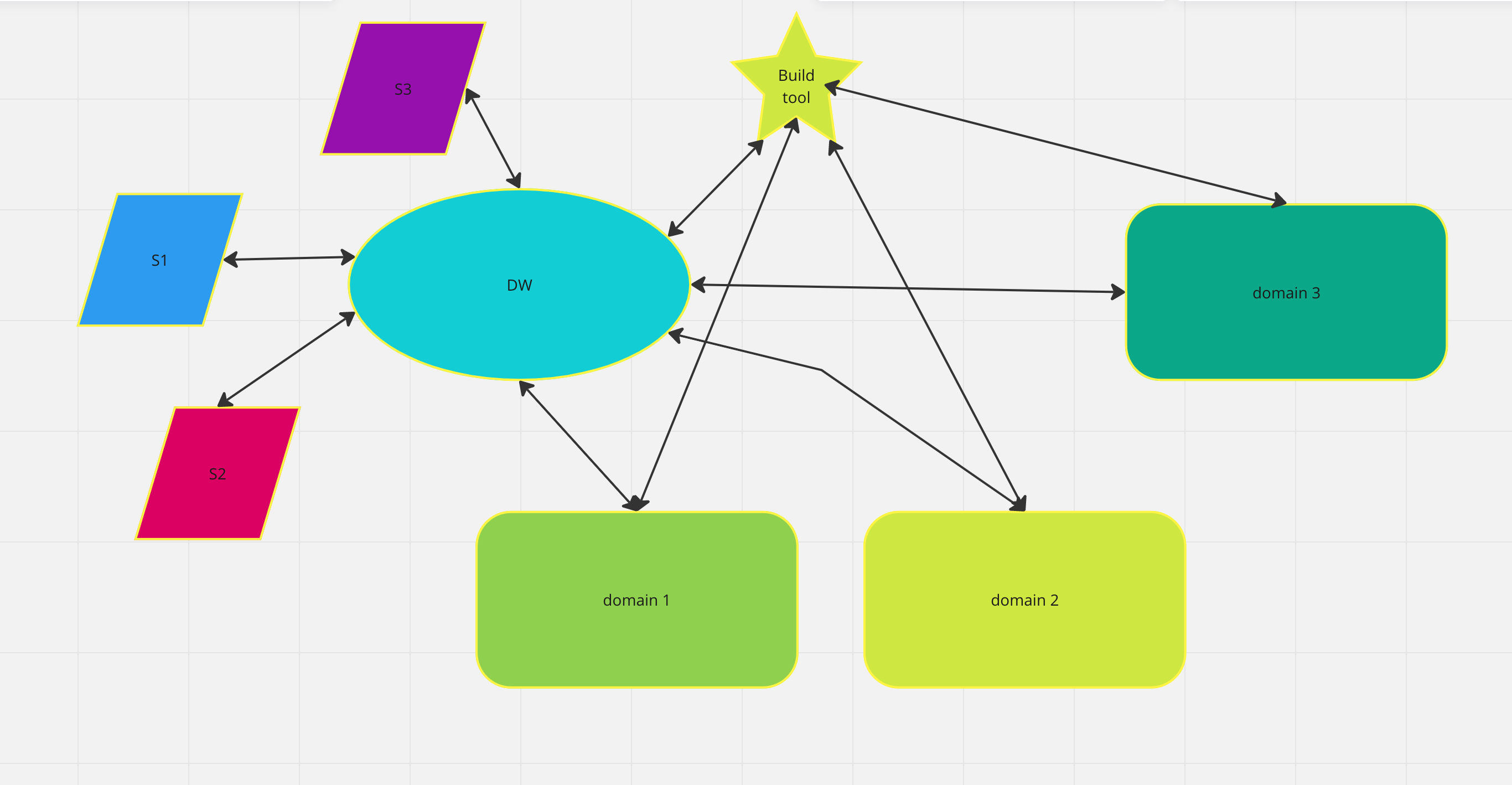American Express (Amex) is a financial services company that has been actively investing in machine learning and data management technology for years. The company is leveraging these technologies to provide better fraud detection, personalized customer experiences, and improved risk management. Here is an overview of some of the machine learning initiatives that have helped Amex remain competitive in the financial industry:
One of the most significant machine learning projects that Amex has undertaken is the development of the Advanced Risk Management (ARM) system. This system uses machine learning algorithms to analyze billions of transactions in real-time, identifying any suspicious activity that could be indicative of fraud. The ARM system has been in development since 2013 and was fully deployed by 2017. Since its deployment, the system has helped to reduce fraud by $2 billion annually.
Amex is also using machine learning to personalize the customer experience. The company has developed a recommendation engine that uses machine learning algorithms to analyze customer data and make personalized recommendations based on their spending history. For example, if a customer has a history of dining out frequently, the recommendation engine may suggest relevant dining rewards or offers. This personalization has helped to improve customer loyalty and increase spending.
Another machine learning project that Amex has implemented is its Financial Intelligence Platform (FIP). The FIP uses machine learning algorithms to analyze transaction data and identify any suspicious or unusual patterns. The system can identify patterns that might be missed by traditional fraud detection techniques, helping to reduce false positives and catch fraudulent activity that would otherwise go undetected.
Amex has also developed a machine learning model to predict which customers are most likely to churn, or stop using their credit cards. The model takes into account various factors such as spending patterns, customer demographics, and credit history. Once the model identifies at-risk customers, Amex can take proactive steps to retain them, such as offering personalized rewards or incentives.
Finally, Amex is using machine learning to improve its credit risk management. The company has developed a model that uses machine learning algorithms to predict the likelihood of default for credit card applicants. The model takes into account various factors such as credit history, employment status, and income. By using this model, Amex can better manage its credit risk and ensure that it is issuing credit to customers who are most likely to repay their debts.
In conclusion, Amex has invested heavily in machine learning and data management technology, leveraging it to improve fraud detection, customer personalization, risk management, and credit risk management. These initiatives have helped Amex remain competitive in the financial industry and continue to grow its business. With the continued development of machine learning technology, it is likely that Amex will continue to implement new initiatives to improve its business processes and enhance the customer experience.
Sources:
- https://www.americanbanker.com/news/american-express-doubles-down-on-machine-learning-for-fraud-detection
- https://emerj.com/ai-sector-overviews/machine-learning-in-finance-a-primer-with-applications/
- https://www.americanexpress.com/us/credit-cards/features-benefits/how-do-we-protect-you/fraud-protection/advanced-risk-management.html


